
Kingdom Fungi In Detail Biology Blog
Cell Structure and Function Fungi are eukaryotes and as such have a complex cellular organization.
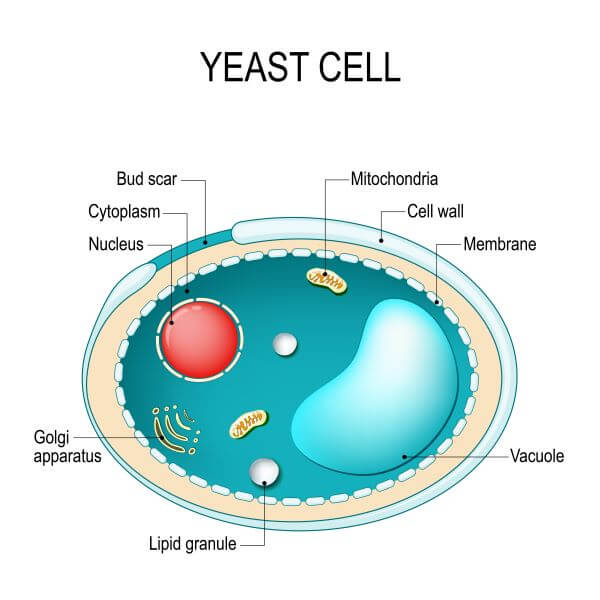
Types of Cells Biology Dictionary
Biology Cells Fungi Cell Fungi Cell Explore the complex world of microbiology with an in-depth look at fungi cell structures. This detailed analysis includes examination of key components, distinctive features and an intricate fungi cell diagram.
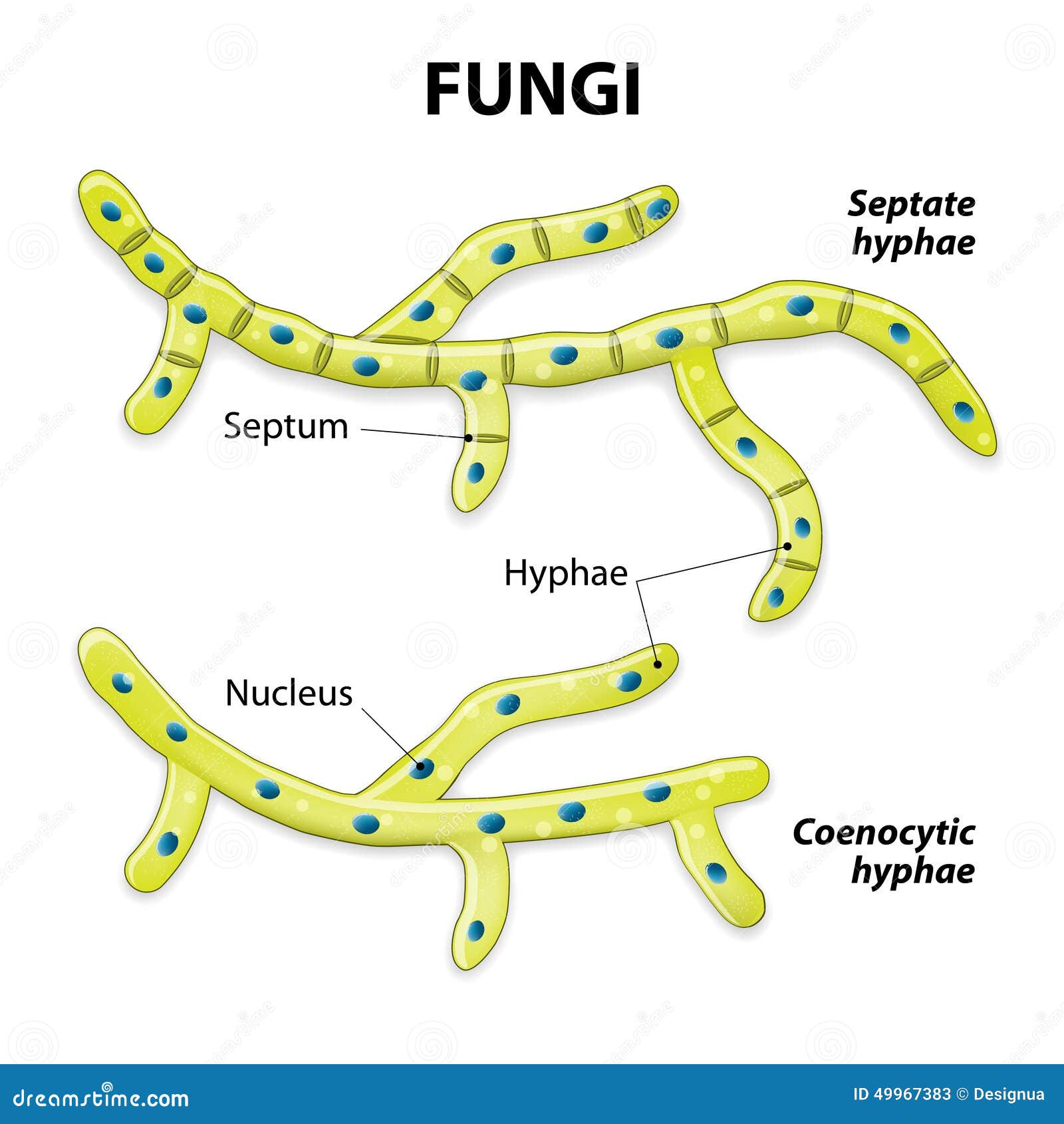
Fungi. Classification Based on Cell Division Stock Vector Illustration of human, multicellular
Structure of Fungal Cell (With Diagram) | Fungi Article Shared by ADVERTISEMENTS: In this article we will discuss about the structure of fungal cell. This will also help you to draw the structure and diagram of the fungal cell. (a) The Cell Wall of the Fungal Cell:
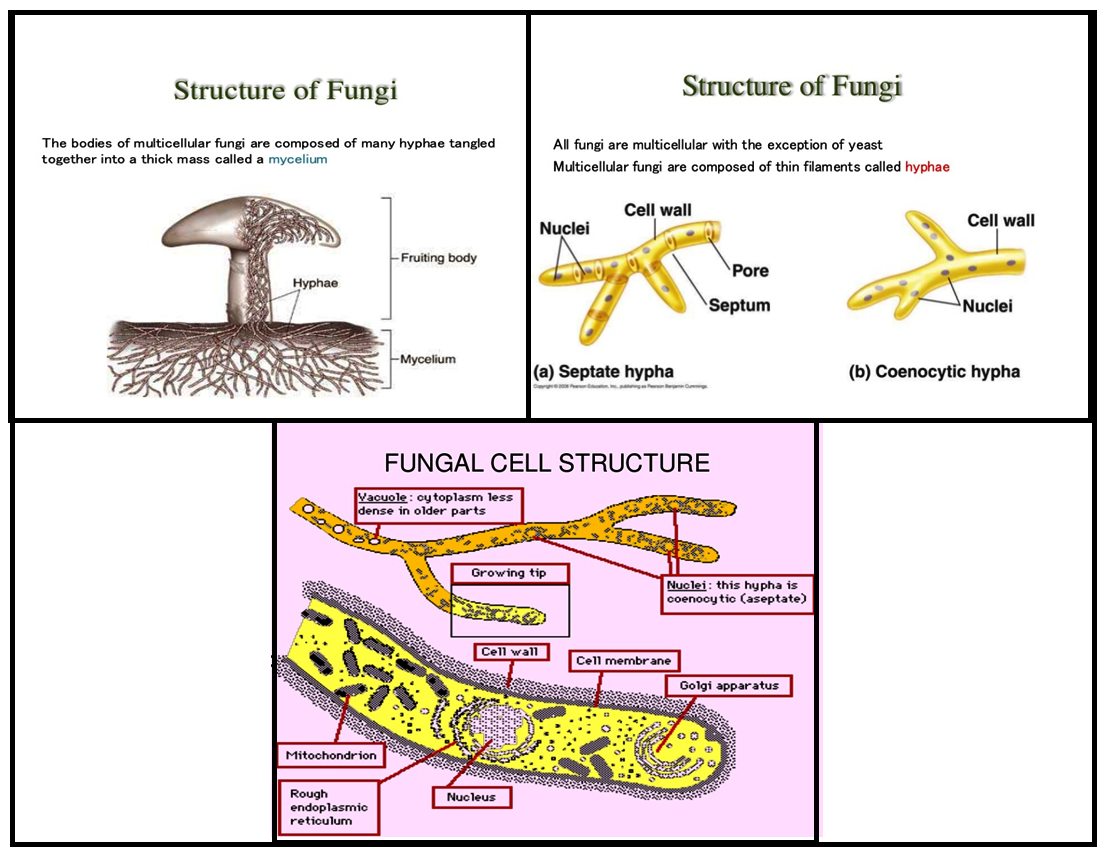
Biology KINGDOM FUNGI
Cell Structure and Function. Fungi are eukaryotes, and as such, have a complex cellular organization. As eukaryotes, fungal cells contain a membrane-bound nucleus. The DNA in the nucleus is wrapped around histone proteins, as is observed in other eukaryotic cells. A few types of fungi have structures comparable to bacterial plasmids (loops of.
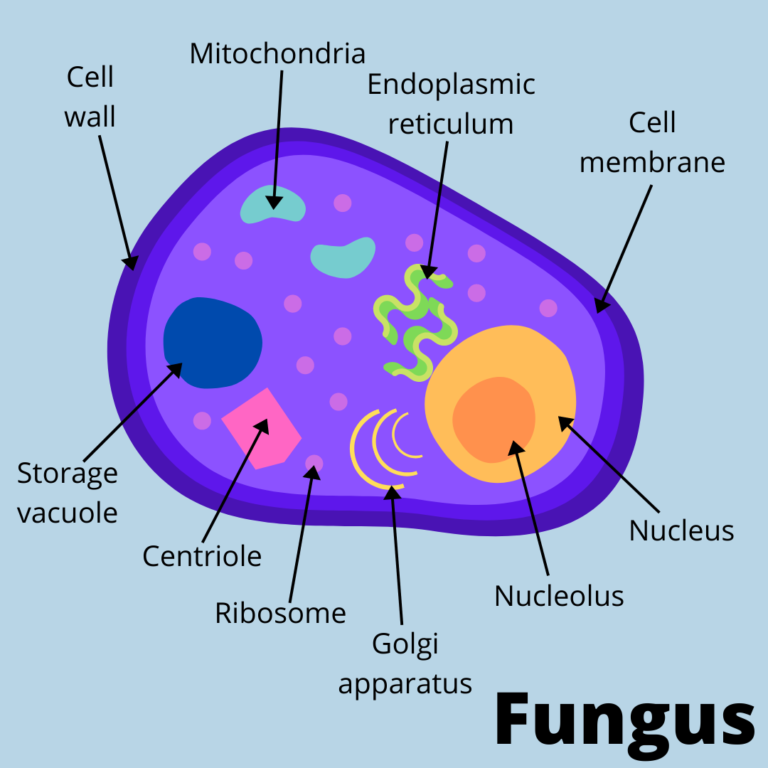
Fungi Structure Diagram
Human pathogenic fungi produce three basic 'cell' types: hyphae, yeast cells, and spores. The organization and subcellular structure of these different cell types and their modes of growth and formation are reviewed. Growth and form is the consequence of how new cell surface is formed.
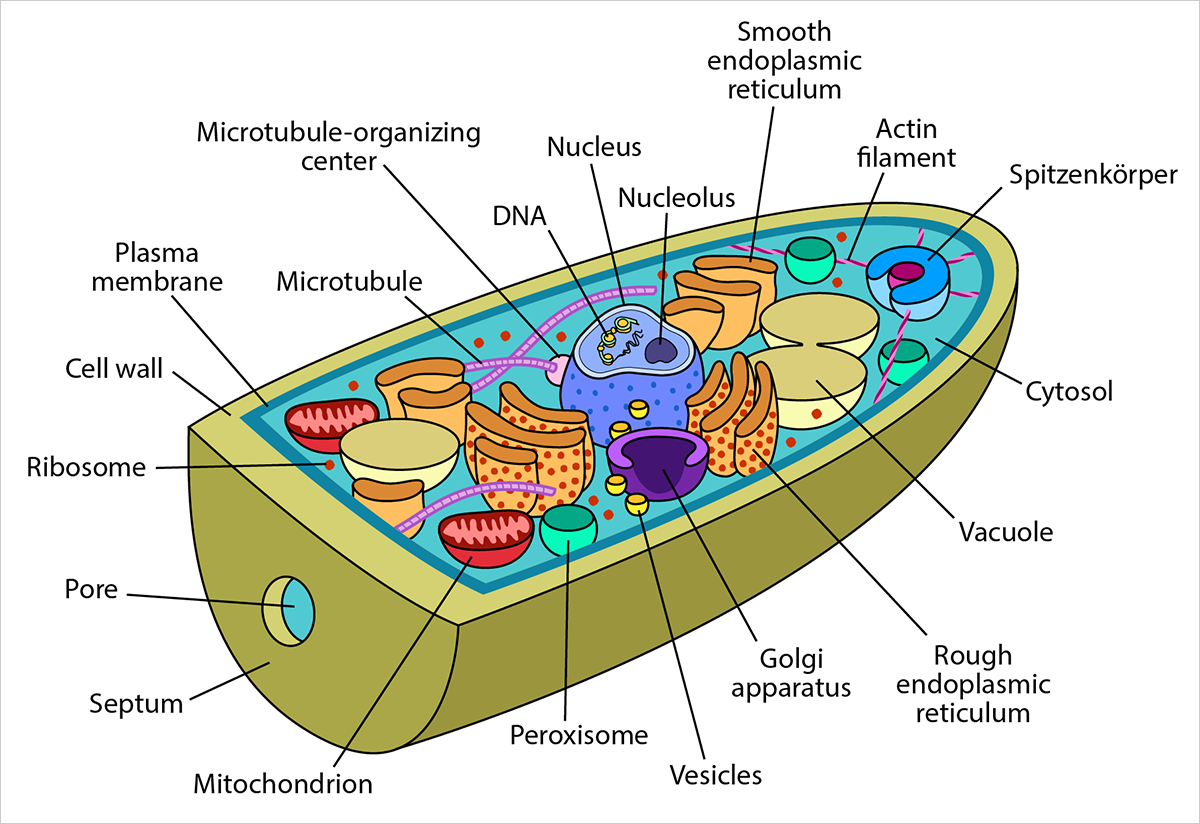
Cell Anatomy Deviche Designs
Cell Structure and Function Fungi are eukaryotes, and as such, have a complex cellular organization. As eukaryotes, fungal cells contain a membrane-bound nucleus. The DNA in the nucleus is wrapped around histone proteins, as is observed in other eukaryotic cells.
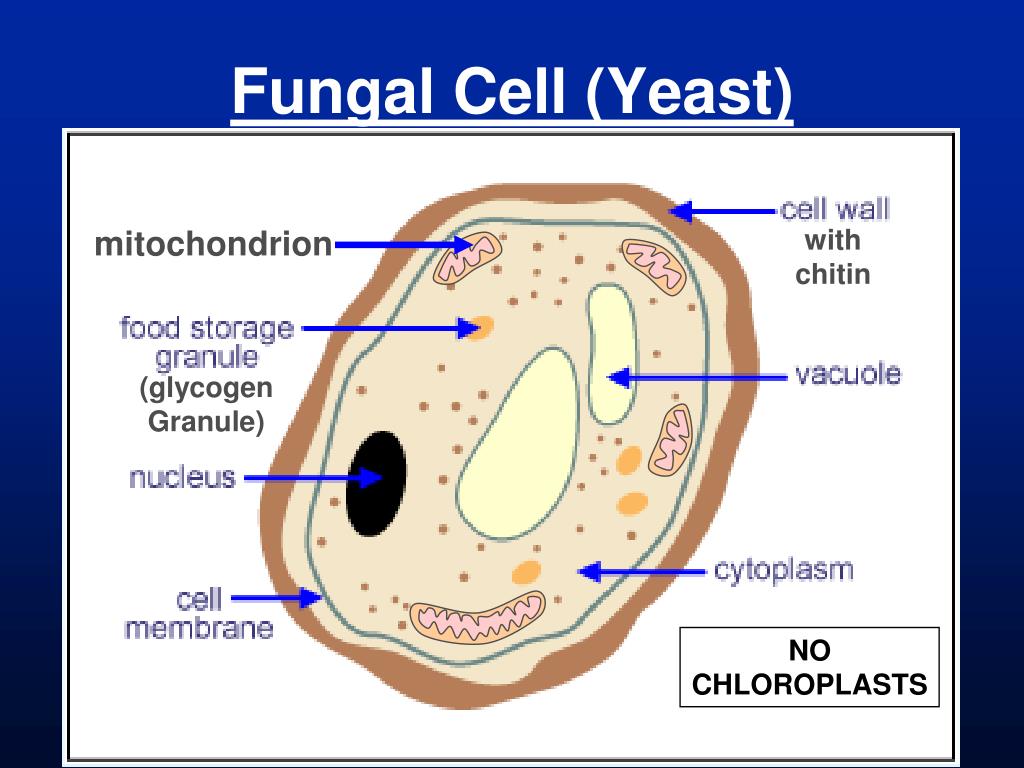
PPT Lab 10. Overview PowerPoint Presentation, free download ID4944026
Cell Structure and Function. Fungi are eukaryotes and as such have a complex cellular organization. As eukaryotes, fungal cells contain a membrane-bound nucleus. A few types of fungi have structures comparable to the plasmids (loops of DNA) seen in bacteria. Fungal cells also contain mitochondria and a complex system of internal membranes.

Fungi........
Fungal cell structure • Yeasts (unicellular, budding) • Molds (hyphae, mycelia, spores) • Dimorphs (both) Pathogenesis Toxins: produced, but not relevant to human infections Disease from: Bulk of organisms Immune response to them or their byproducts. 2 Overview of fungal infections
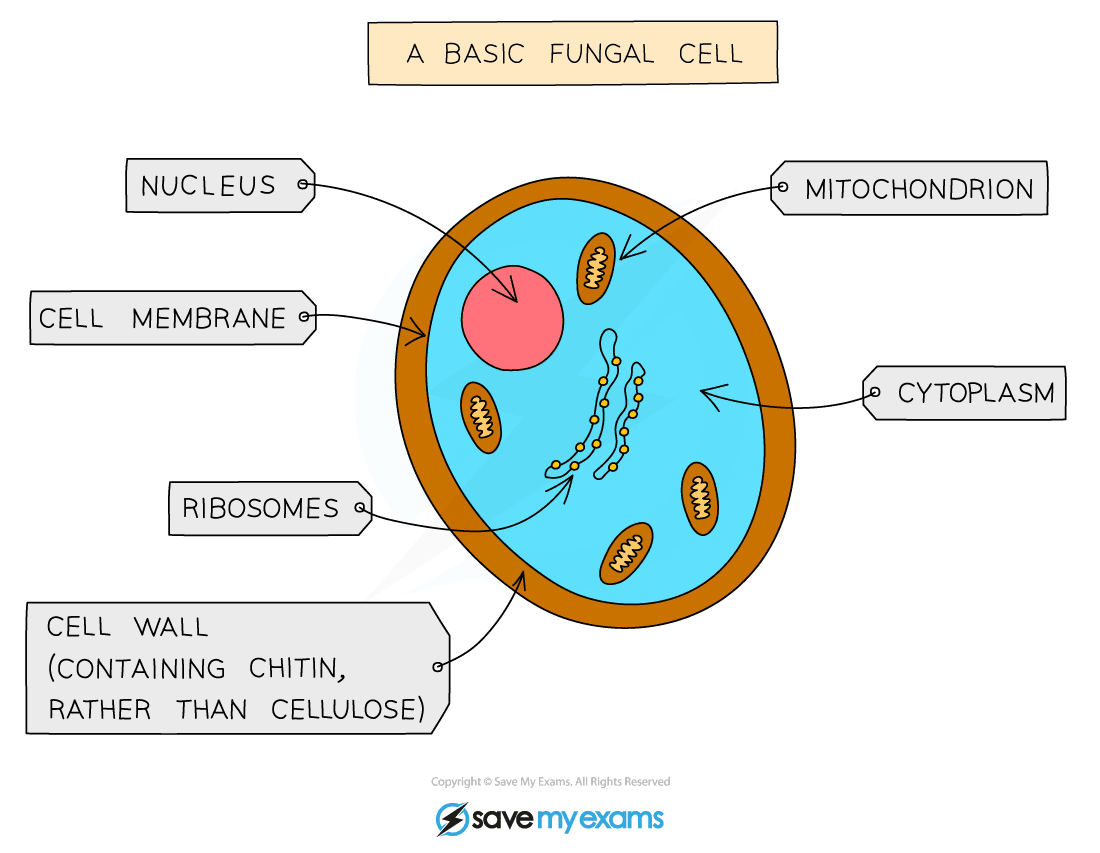
Eukaryotic Organisms Fungi & Protoctists Gidemy Class Notes
Cell Structure and Function. Fungi are eukaryotes and have a complex cellular organization. As eukaryotes, fungal cells contain a membrane-bound nucleus where the DNA is wrapped around histone proteins. A few types of fungi have structures comparable to bacterial plasmids (loops of DNA). Fungal cells also contain mitochondria and a complex.

Science Class 5EP
The composition of fungal cell walls is relatively simple and includes substances not typically found in animal and plant hosts (e.g., chitin). On this basis, it may be possible to identify pathogen-specific molecular targets from investigations of the biosynthesis of fungal wall components.

Fungi (Importance, Classification and More) Solution Pharmacy
A fungus ( pl.: fungi [2] or funguses [3]) is any member of the group of eukaryotic organisms that includes microorganisms such as yeasts and molds, as well as the more familiar mushrooms. These organisms are classified as one of the traditional eukaryotic kingdoms, along with Animalia, Plantae and either Protista [4] or Protozoa and Chromista. [5]

Fungal cell pictures
Fungi on the Phylogenetic Tree of Life. Fungi are a monophyletic group of eukaryotic heterotrophs that is closely related to animals. As eukaryotes, their cells contain a nucleus, mitochondria, and a complex system of internal membrane including the endoplasmic reticulum and Golgi apparatus. Unlike plant cells, fungal cells do not have.

Fungi Cell Stock Illustration Download Image Now Hypha, Fungus, Biological Cell iStock
In this context, we will discuss the structure of fungi by looking into the diagram and morphological features of both yeasts and moulds. Content: Fungal Cell Structure Characteristics Ultrastructure Structure of Yeasts Structure of Molds Distinguishing Characteristics of Fungi Fungal cells show resemblance to both plant and animal cells.
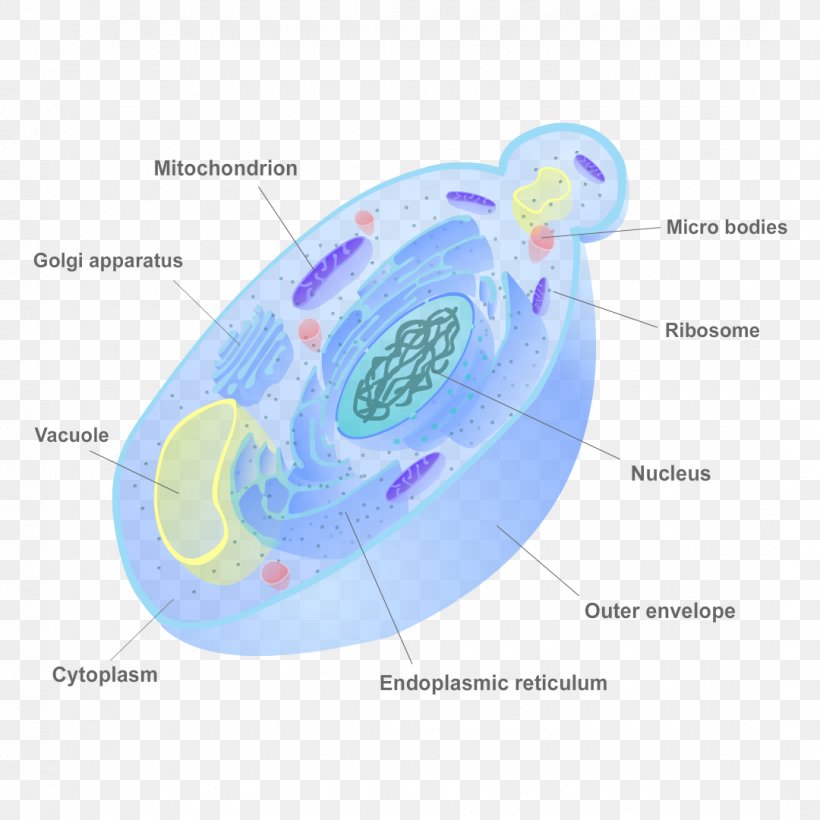
Fungus Cell Wall Yeast Biology, PNG, 1080x1080px, Fungus, Biology, Cell, Cell Wall, Chitin
The diagram below shows the ultrastructure of a typical yeast cell: Bacterial cells Bacterial cells have a more simple structure compared to animal, plant and fungal cells and are.

Morphology
Cell Structure and Function. Fungi are eukaryotes, and as such, have a complex cellular organization. As eukaryotes, fungal cells contain a membrane-bound nucleus. The DNA in the nucleus is wrapped around histone proteins, as is observed in other eukaryotic cells. A few types of fungi have structures comparable to bacterial plasmids (loops of.
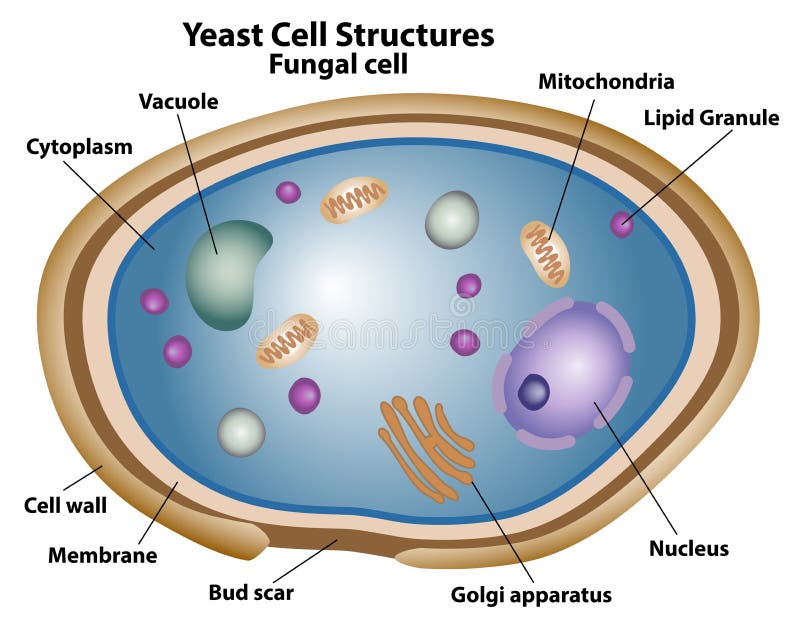
Fungal Cell Structure. Fungi Hyphae with Septa Stock Vector Illustration of biological
The cell wall is a characteristic structure of fungi and is composed mainly of glucans, chitin and glycoproteins. As the components of the fungal cell wall are not present in humans, this structure is an excellent target for antifungal therapy.